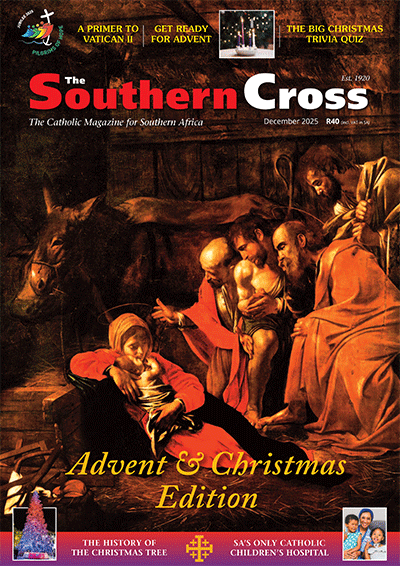Fit for the priesthood
When the Church accepts a young man for training towards the priesthood, it must be vigilant that the candidate is well equipped to live what he believes to be his vocation. It is therefore proper, perhaps even essential, that seminaries and vocations directors obtain a psychological profile of a candidate for the priesthood to ensure his suitability.
However, the Vatican�s new guidelines on psychological testing are profoundly problematic in some areas of intent and riddled with loopholes in practice. The document, entitled �Guidelines for the Use of Psychology in the Admission and Formation of Candidates for the Priesthood�, suggests that psychological testing be an option only in �exceptional cases that present particular difficulties�. If those engaged in the process of admitting a candidate to formation or ordination do not immediately spot a problem, psychological examination seems to be seen as unnecessary, or even discouraged.
The Congregation for Catholic Education, which drafted the guidelines, seems occupied mostly by the �particular difficulties� relating to sexuality. It is right that men who may be unable to keep their promise of celibacy should be discouraged from entering the formation process.
The obligation of celibacy is an integral part of the Catholic priesthood. It is also a daily struggle, a complete sacrifice, for most of our priests. For as long as the requirement for clerical celibacy remains, little good can come from admitting as priest a man for whom celibacy would be, as the document says, �a burden so heavy that it compromises [his] affective and relational equilibrium�.
The Vatican, however, is entering a hazardous terrain when it links the capacity for chastity to sexual orientation. The Vatican appears to take the view that heterosexuals are better programmed than homosexuals to control their sexual impulses. There is no scientific indication that this is so. In absence of evidence for such an intrinsic predisposition, anecdotal evidence of supposedly greater prevalence of licentious behaviour among homosexuals must be referred to social causes�and these cannot be universally applied to all homosexuals.
It is clear that the authors of the document have consulted only selectively. For example, the notion that homosexuality is a �tendency� has been thoroughly discredited � unless one is willing to regard heterosexuality also as a �tendency�.
Worse yet, the Vatican seems to link homosexuality to the sex abuse scandals which have shaken the Church over the past few years. This neglects a large body of research into the incidence of abuse of minors which attributes such abuse not to homosexuality or (in the case of female victims) heterosexuality, but to alternative sources of sexual and psychological dysfunction.
The Vatican�s scientifically defective extrapolations serve not only to bar potentially excellent priests from following God�s call to serve him in Holy Orders, but also entrench prejudices against homosexuals. How can Catholics who defend their Church from charges of homophobia continue to do so when the Vatican, in conflict with the Catechism, discriminates unjustly against homosexuals?
The effect of the guidelines is to root homosexuals out from the priesthood � at least those willing to acknowledge their orientation (others will be implicitly motivated to lie).
When the Church says that homosexuals cannot or should not be priests, it inflicts much hurt on all the many exemplary priests of homosexual orientation � presumably including many bishops and even cardinals � who are serving the Church with loyal distinction. To such priests these guidelines are saying: We made a mistake in ordaining you.
And to God, these guidelines are saying: You err in calling homosexual men to the priesthood.
- The Look of Christ - May 24, 2022
- Putting Down a Sleeping Toddler at Communion? - March 30, 2022
- To See Our Good News - March 23, 2022





